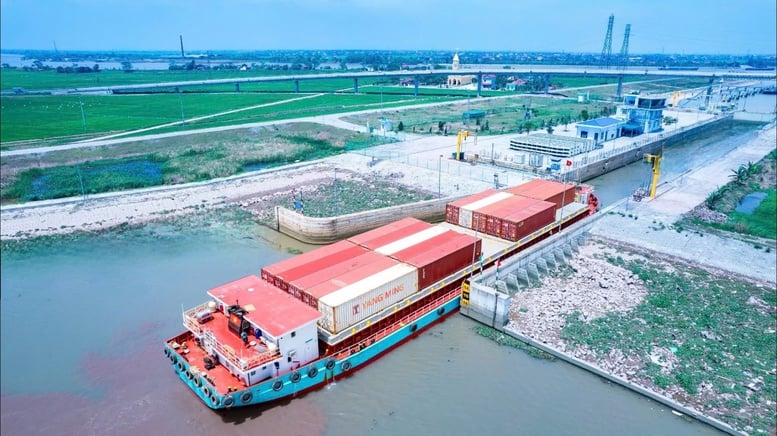
Pressure to reduce emissions and the need for sustainable logistics development are putting water and rail transport at the centre
Policy on developing water transport and green logistics
In the context of pressure to reduce carbon emissions and the need for supply chain resilience, rail and waterway transport are expected to become the “green backbone”. This can be achieved through modernizing transport corridors, digitizing processes and enhancing public-private partnerships.
The FIATA World Congress 2025 (FWC 2025) will take place in Hanoi from October 6 to 10, with the theme "Green and Resilient Logistics". The congress sets an ambitious agenda to reshape the future of the global freight forwarding industry.
Among the in-depth discussion sessions, the content "Promoting water and rail transport for sustainable supply chain development" is expected to provide a strategic solution to the dual problem: both enhancing flexible adaptation capacity and achieving the goal of reducing global carbon emissions.
In Vietnam, the Prime Minister's Official Dispatch 113/CD-TTg on solutions for effective development of waterway transport has clearly defined the orientation to promote logistics in this field. Inland waterway transport and coastal transport are low-cost methods, capable of transporting large volumes, helping to reduce the load on roads and railways, while promoting sustainable economic development.
Not only that, this is also an environmentally friendly method, reducing greenhouse gas emissions, contributing to the commitment to achieve net zero emissions by 2050. Immediately following the Prime Minister 's direction, the Vietnam Maritime Administration and Waterways was assigned to preside over reviewing and proposing amendments to relevant legal documents. The focus is on building policies to encourage and attract socialized investment in infrastructure, water transport vehicles, fleets, human resources and technology development.
This agency is also assigned to preside over and coordinate with the Maritime and Waterway Project Management Board and localities to research and develop a list of priority investments in inland waterway ports, seaports and routes. The main objective is to call for socialized investment or report to competent authorities to arrange public investment capital for important ports.
At the same time, relevant agencies will coordinate with water transport enterprises to develop a master plan for developing infrastructure and water transport services for the period 2026 - 2035. This is considered an important premise to create a "revolution" in the field of water transport.
In reality, over-reliance on road and sea transport has exposed many limitations, from port congestion, driver shortages, fuel price fluctuations, to the burden of greenhouse gas emissions. Therefore, multimodal transport, with a special focus on exploiting inland waterway and rail transport, is emerging as an inevitable trend.
Water and rail transport – effective solutions to reduce emissions
Road and air transport currently account for the majority of carbon emissions in logistics. Despite accounting for a small proportion of goods moved, road transport remains a major source of emissions, according to data from the International Energy Agency (IEA) and the International Transport Council (ITF). Meanwhile, rail and inland waterways are recognized as the most carbon-efficient modes.
Rail transport, in particular, can reduce emissions by 75-80% compared to road transport over the same distance. Water transport, especially when using modified vessels, also demonstrates superior energy efficiency. Pressure from the EU’s Carbon Border Adjustment Mechanism (CBAM) is forcing exporters to provide detailed carbon reporting for each shipment, says Stephan Schablinski, Director of Sustainability Analysis at DB Schenker. To achieve carbon neutrality, businesses are forced to shift large volumes to rail and waterways.
Rail transport is being positioned as the backbone of transcontinental trade corridors. In Asia and Europe, many railway lines have proven effective in connecting production centers to markets. A typical example is the development of the Eurasian corridor via the Trans-Siberian route.
However, according to Mr. Ulrich Grob, senior consultant at Roland Berger, developing international intermodal rail transport requires synchronization of track gauges, technical standards and digitization of customs clearance procedures. Only when procedures are fully digitized can railways compete in speed with air and road transport for high-value shipments.
In Vietnam, the railway system is still limited in speed and capacity, making costs high and unattractive. Therefore, public-private investment is needed to upgrade infrastructure, locomotives, wagons and build modern railway logistics centers, directly connected to seaports and industrial zones.
Meanwhile, inland waterway transport, with its dense river system, has a clear advantage in terms of cost and volume of transport. One barge can replace dozens of trucks, reducing pressure on roads and the risk of accidents. This is not only a cost solution but also an immediate green solution.
The biggest challenges today are dredging channels, modernizing the fleet and digitizing transport information. River ports need to digitally connect with seaports and warehouses to avoid bottlenecks. In the future, the use of hybrid or biofuel ships will further increase the carbon competitive advantage.
The discussion at FWC 2025 on water and rail transport goes beyond modal shift to a strategic vision for sustainable supply chains. To be successful, the logistics industry must build an effective Intermodal model where transport modes are seamlessly integrated.
This requires regulators, businesses and operators to work together to overcome infrastructure, standards and administrative barriers. Only then can water and rail transport reach their full potential, becoming the “green backbone” for global trade, contributing to the goal of green and adaptive logistics.
Mr. Minh
Source: https://baochinhphu.vn/day-manh-van-tai-thuy-va-duong-sat-buoc-di-chien-luoc-cho-logistics-xanh-102250923215958067.htm






![[Photo] Prime Minister Pham Minh Chinh launched a peak emulation campaign to achieve achievements in celebration of the 14th National Party Congress](https://vphoto.vietnam.vn/thumb/1200x675/vietnam/resource/IMAGE/2025/10/5/8869ec5cdbc740f58fbf2ae73f065076)

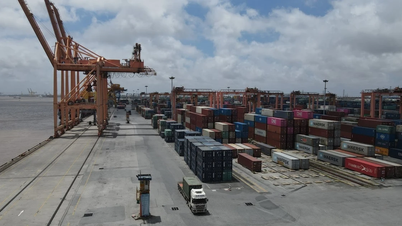

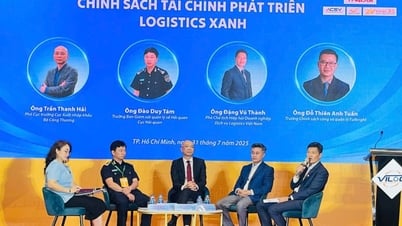

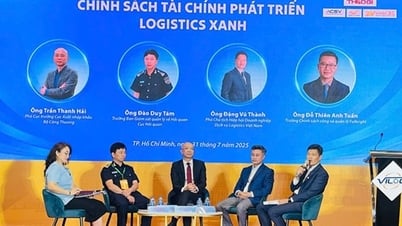

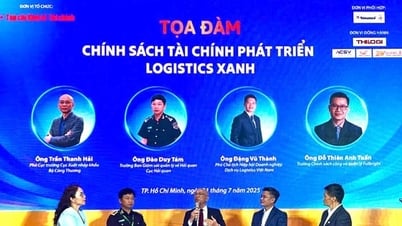

![[Infographic] What 9 big problems did Dong Nai propose regarding science, technology, innovation and digital transformation?](https://vphoto.vietnam.vn/thumb/402x226/vietnam/resource/IMAGE/2025/7/29/d7a02aff169e4cb58f2bcfdd5ac0aef0)

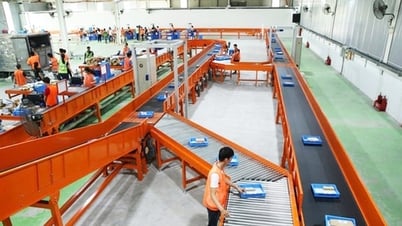
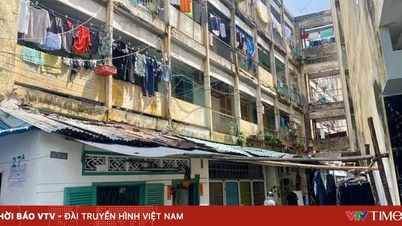

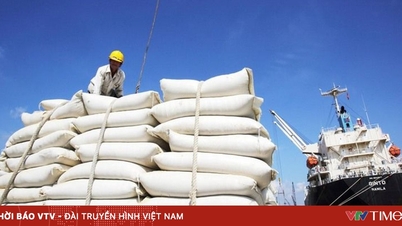
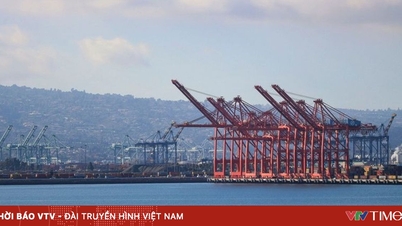


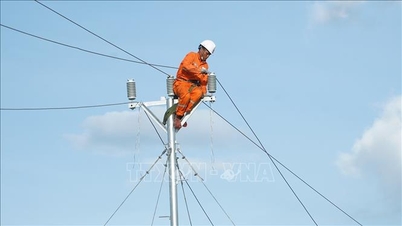





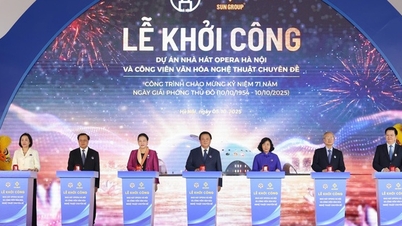
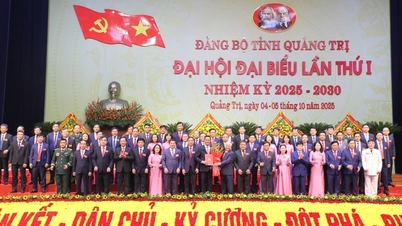

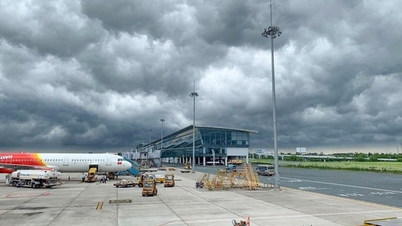
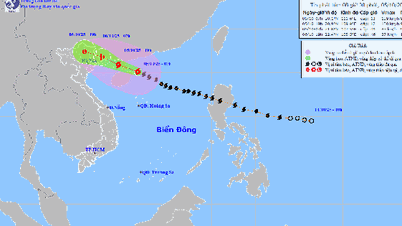


![[Photo] Bustling Mid-Autumn Festival at the Museum of Ethnology](https://vphoto.vietnam.vn/thumb/1200x675/vietnam/resource/IMAGE/2025/10/4/da8d5927734d4ca58e3eced14bc435a3)

























![[VIDEO] Summary of Petrovietnam's 50th Anniversary Ceremony](https://vphoto.vietnam.vn/thumb/402x226/vietnam/resource/IMAGE/2025/10/4/abe133bdb8114793a16d4fe3e5bd0f12)

![[VIDEO] GENERAL SECRETARY TO LAM AWARDS PETROVIETNAM 8 GOLDEN WORDS: "PIONEER - EXCELLENT - SUSTAINABLE - GLOBAL"](https://vphoto.vietnam.vn/thumb/402x226/vietnam/resource/IMAGE/2025/7/23/c2fdb48863e846cfa9fb8e6ea9cf44e7)













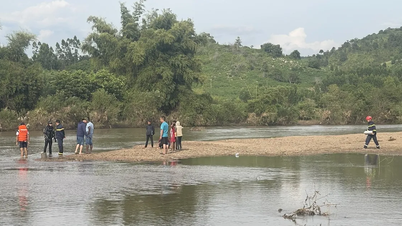


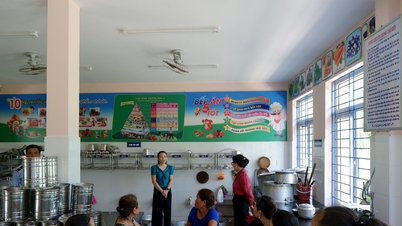
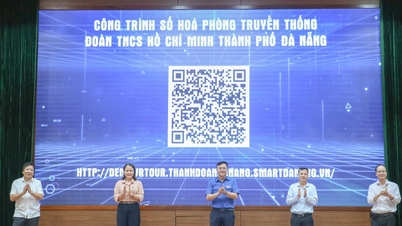

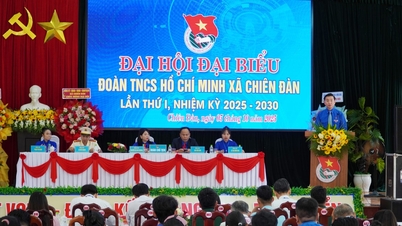












Comment (0)